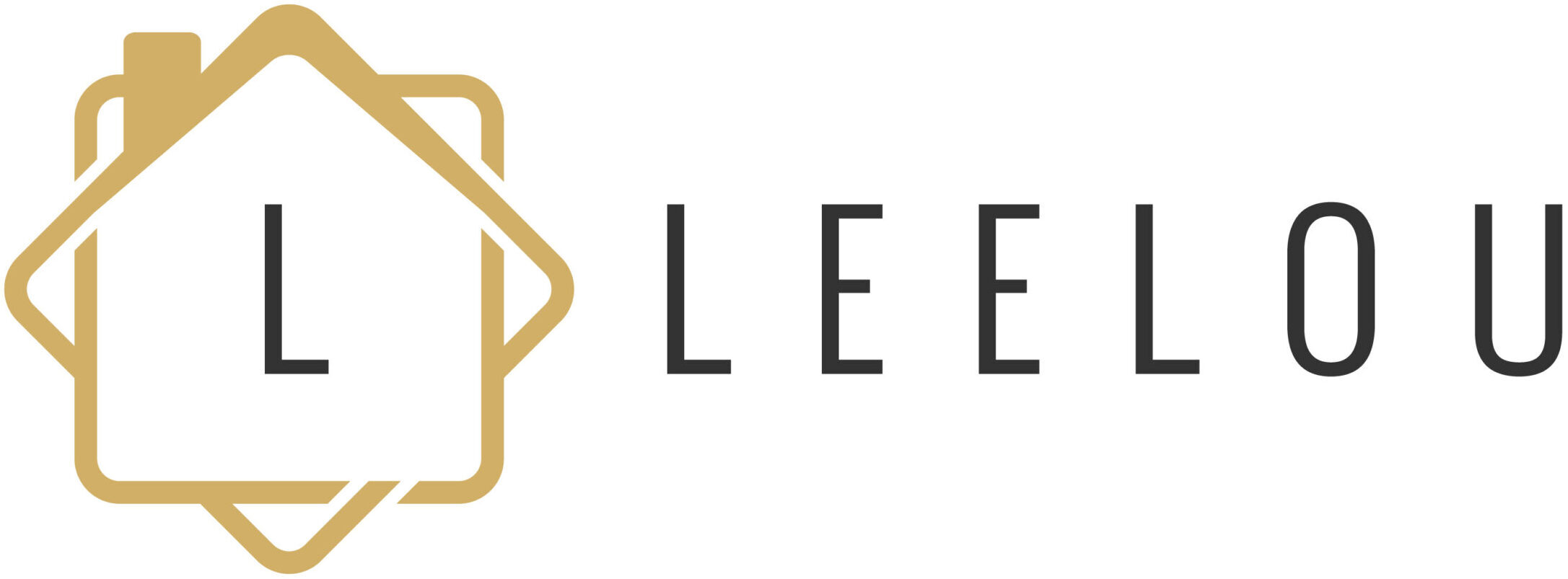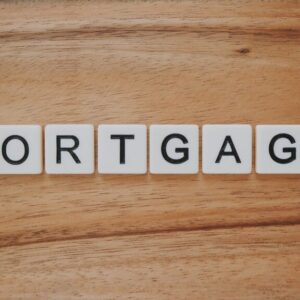
A Home Equity Line of Credit (HELOC) allows you to use your home as collateral in return for a lump sum of money, often used for remodeling or a major life expense. While it’s an opportunity to tap into the equity you have in your home, it’s important to understand that a HELOC is a form of debt, and you have to pay it back. Here’s what you should know.
What Is a HELOC?
A HELOC is an extremely powerful lending tool. Whether you own your home outright or have a mortgage on it, a HELOC allows you to tap into the equity you have in it. For instance, if your home has a fair market value of $550,000 and you owe $400,000, you have equity of $150,000 in your home. If you have a good credit score, you can potentially borrow as much as 100 percent of the equity you have in your home, but the numbers vary depending on the lender’s risk tolerance and your credit history. You’ll get the money in a single lump sum and you’ll have to pay it like an installment loan with fixed monthly payments. Ultimately, a HELOC comes with more risk than other types of credit or loans because you’re using your home equity as collateral. This means if you don’t follow the terms and pay back what you borrowed, the lender could put a lien against your property and eventually force you to sell your home so they can get back the amount you borrowed plus interest.
How Is a HELOC Different Than a Mortgage?
When most people use the term “mortgage,” they’re referring to a conventional mortgage where a lender offers a lump sum of money to purchase a home, and that home then becomes collateral for the loan as it’s repaid over a fixed term (usually 15 or 30 years). However, a HELOC is also a type of mortgage because it also uses your home to secure the loan. The difference between a HELOC and a conventional mortgage is simple: A conventional mortgage is used to purchase a home, but a HELOC allows someone who already owns a home to take a loan against their equity. Most people will take out a conventional mortgage at some point in their lives, and some years down the line, you may consider a HELOC to support your financial goals.
When To Consider a HELOC
Most people consider a HELOC if:
- They want to put more money into their home, thus increasing their equity. This could cover a remodel, expansion, etc.
- They have serious, unexpected expenses to cover that they otherwise cannot afford, like large medical bills.
- They have a strategy to payoff other forms of debt and the HELOC will ultimately cost them less in interest.
Advantages and Risks of a HELOC
If you’re unsure whether or not a HELOC is a good idea, remember that your equity is decreasing with each dollar you borrow. For instance, if you have built $150,000 worth of equity in your home, but you borrow $100,000 of that using a HELOC, your equity has essentially dropped to $50,000, which is a step back in your financial journey. The fact that you’re borrowing against your home is the biggest risk associated with a HELOC. In the event that you don’t pay the loan back as agreed, you will be at risk of foreclosure, just like with a conventional mortgage. However, because you’re using your home to “secure” the loan (meaning the lender knows they’ll ultimately get their money back, one way or another), you’ll likely get a much lower interest rate than with other loans.
How To Qualify for a HELOC
If you decide that a HELOC is the right choice for your financial journey, the first step is to evaluate how much equity you have in your home and then determine how much you need to borrow. From there, you will want to check your credit score, debt-to-income (DTI) ratio and other aspects that will determine your approval odds and interest rate. Just like with a conventional mortgage, you’ll want to shop around for the best rates, but you may also want to compare the option of a HELOC next to other loans that lenders are willing to offer you. Ultimately, if you can get a loan for a comparable interest rate without using your home as collateral, that’s the smarter option.










